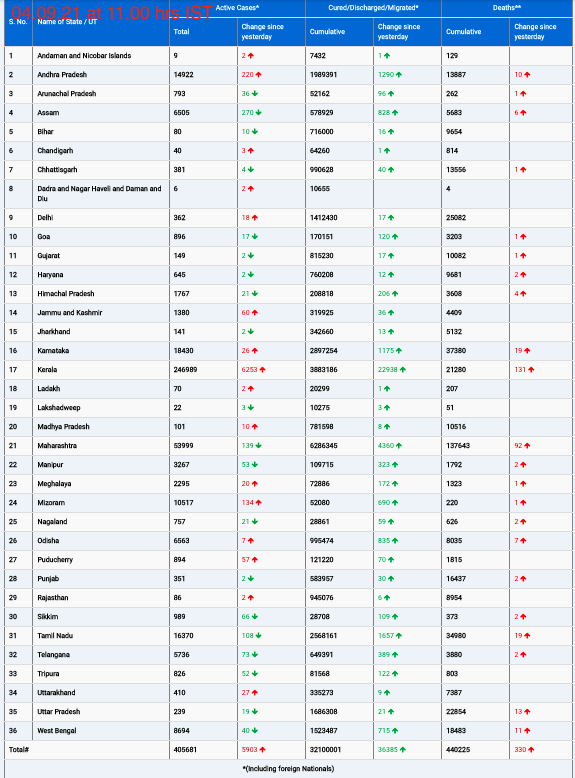In a groundbreaking collaboration between the UPV/EHU and Biobizkaia, researchers have uncovered a promising avenue for monitoring neurodegeneration in Parkinson’s disease using a method traditionally employed in ophthalmological tests. While further validation and refinement are necessary, the study sheds light on the potential of this non-invasive approach to predict cognitive decline in Parkinson’s patients, offering hope for more effective clinical management and treatment strategies.
Unveiling Predictors of Disease Progression
Parkinson’s disease presents a complex clinical landscape, with patient outcomes varying widely from individual to individual. Dr. Ane Murueta-Goyena, from the UPV/EHU’s Department of Neurosciences, highlighted the pressing need to identify patients at risk of cognitive impairment, a pivotal step in optimizing clinical interventions and advancing research efforts. Leveraging insights from ophthalmology, the research team sought to investigate whether changes in the retina could serve as early indicators of neurodegeneration and cognitive decline.
The Retina as a Window to the Brain
The retina, a delicate membrane located at the back of the eye, shares a close relationship with the nervous system and offers a unique vantage point for monitoring neurological health. By employing optical coherence tomography, a standard tool in ophthalmic diagnostics renowned for its precision and reproducibility, researchers measured the thickness of the inner retinal layer in Parkinson’s patients over a multi-year period spanning from 2015 to 2021.
Unveiling Early Signs of Neurodegeneration
Analysis of the retinal images revealed a notable thinning of the inner retinal layer in Parkinson’s patients, particularly during the initial stages of the disease. Crucially, this thinning preceded cognitive impairment, suggesting that changes in the retina may serve as an early harbinger of disease progression. Dr. Murueta-Goyena emphasized the significance of these findings, noting the potential for non-invasive monitoring of Parkinson’s neurodegeneration using readily available clinical tools.
Towards Enhanced Clinical Management
The implications of this research extend beyond the laboratory, offering tangible benefits for Parkinson’s patients and clinicians alike. With further validation and refinement, the proposed method holds promise as a valuable tool for tracking disease progression and informing personalized treatment strategies. Dr. Murueta-Goyena underscored the importance of international collaboration and ongoing research efforts in unlocking the full potential of this innovative approach.
A Path Forward: Advancing Research Through Collaboration and Funding
As the research team continues to investigate the intersection of ophthalmology and neurology, securing funding remains paramount to driving progress in Parkinson’s research. By harnessing the power of interdisciplinary collaboration and innovative technologies, researchers are poised to revolutionize our understanding and management of Parkinson’s disease, offering hope for improved outcomes and quality of life for patients worldwide.











